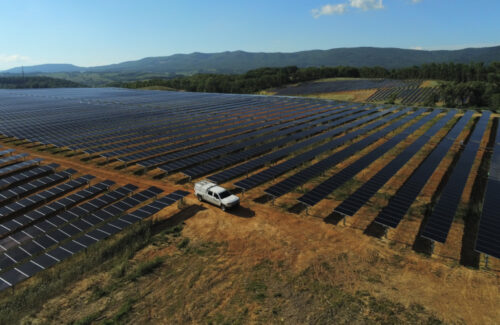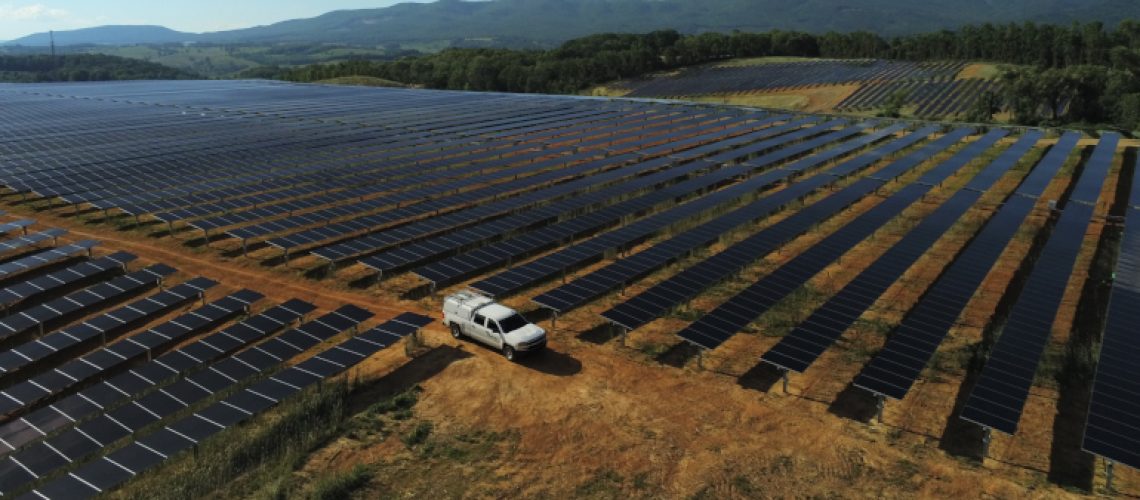The Dept. of the Treasury and IRS will soon release proposed guidance on the updated production tax credit (PTC) and investment tax credit (ITC).
The Inflation Reduction Act sunsets the existing PTC (Sec. 45 of the tax code) and ITC (Sec. 48) by limiting their availability to projects beginning construction before 2025. They will instead transition to the technology-neutral “clean electricity production credit” (Sec. 45Y) and “clean electricity investment credit (Sec. 48E) for projects placed in service after Dec. 31, 2024. The technologies recognized include wind, solar, hydropower, marine and hydrokinetic, nuclear fission and fusion, geothermal, and certain types of waste energy recovery property (WERP).

Credit: Bowman
The proposed guidance will also clarify how energy storage technologies would qualify for the ITC. The statute requires that clean energy technologies that rely on combustion or gasification to produce electricity undergo a lifecycle greenhouse gas analysis to demonstrate net-zero emissions.
Treasury is asking for comments on the proposed rules and will consult with interagency experts to evaluate how additional clean energy technologies, including combustion and gasification technologies, will be able to qualify for the clean electricity credits.
“The Inflation Reduction Act’s new technology-neutral Clean Electricity credits, which will come into effect in 2025, are one of the law’s most significant contributions to tackling the climate crisis,” said John Podesta, Senior Advisor to the President for International Climate Policy. “Today’s initial guidance from Treasury will help provide long-term certainty to investors and developers, support new zero-emission innovations, and accelerate our progress toward a 100% clean power sector.”
These proposed rules generally follow rules from the existing PTC and ITC, which should provide clarity and certainty to developers as they move forward with clean energy production projects. Additionally, the notice includes proposed rules that provide clarity on the inclusion of costs of interconnection-related property for lower-output clean energy facilities that take the ITC. Eligible costs include the costs of upgrades to local transmission and distribution networks that are necessary to connect facility to grid.
Treasury encourages the public to submit written comments in response to the proposed rules. Comments will be accepted for 60 days following publication in the Federal Register, and a public hearing is scheduled on August 12 and 13.



